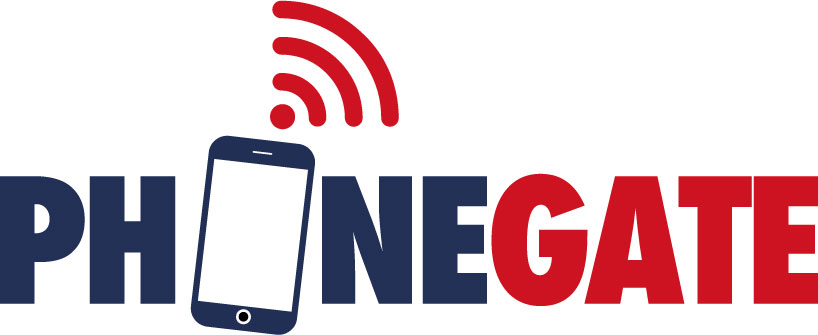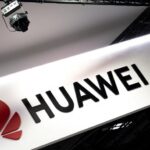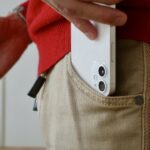We have already pointed out on many occasions that the SAR (specific absorption rate) does not in any case offer sufficient protection and that its standards, both European and international, have allowed the mobile telephony industry to overexpose all mobile phone users for 30 years, prioritizing patient sensitivity to public health. However, the National Frequency Agency (ANFR), far from questioning the use of this indicator, intends to maintain confusion by adding two additional ones: the IPD (Incident Power Density) and the APD (Absorbed Power Density).
Up to three indicators…to completely lose consumer
The IPD (Incident Power Density) and the APD (Absorbed Power Density) – measured in W/m2 – would thus be added to the SAR – measured in W/kg – for 5G frequencies in the 26 GHz band.
More worrying…
On a metrological level, all of this is done without taking into account the current impossibility of reliably measuring the consequences of the combined emissions of the different technologies and the different radio frequency transmitters on board, the interactions of the different frequency antennas supposed to coexist within a millimetric 5G smartphone (2G, 3G, 4G, Wifi 5G, etc.), the evaluations being carried out with different units of measurement and regulatory thresholds still node being made public for the two new indicators!
In which other area are health impacts measured from such imprecise elements? We wonder about the real strategy carried by the ANFR and beyond that, by the French and European public authorities: aiming to drown the consumer in the middle of a flood of illegible data would not be done otherwise.
Once again, the protection of the health of mobile phone users seems to be relegated to the background, as illustrated in the spring by the failure to take our comments into account during the public consultation carried out by the National Health Security Agency of food, environment and work (ANSES) concerning the limits linked to the measurement of exposure of 5G smartphones. We also subsequently, in August 2022 and with two other associations, filed a contentious appeal, currently under investigation, before the Administrative Court of Melun.
Even more worrying…SPEAG, controversial company and controversial leader
A new measuring bench has therefore been acquired by the ANFR, aimed at providing the agency with a means of evaluating the incident power density (IPD) and absorbed power density (APD). This purchase, worth €700,000, was made from SPEAG, the only company applying for the call for tenders issued by the ANFR.
Phonegate Alert knows this company well.
It is a Swiss structure which benefits from an almost monopolistic position on the market for SAR test benches. For 30 years, it has obstructed all innovations and technical and normative developments potentially unfavorable to the interests of manufacturers.
Its President, Niels Kuster, has his share of responsibility in the Phonegate scandal because, as a scientist/expert, he knows that the measurements carried out by his equipment, sold to approved laboratories, only protect the wallets of portable manufacturers and certainly not the health of the users.
Thus, Niels Kuster has repeatedly highlighted the issue of exposure limit values in some of his research, such as in 2015 in an article published in Electromagnetics:
“This calls into question the applicability of these in vitro studies conducted at SAR values that are much smaller than realistic maximum exposures, many of which have reported no or minimal effects under realistic assessment risks. In order to overcome this problem, in future in vitro assays, studies should include cultured SAR levels that extend to greater than 20W/kg…”
But this alert did not lead to any convincing results with the various agencies and public authorities. It is in his country, Switzerland, that the authorities still seem the most reluctant to take up the problem. They recently confirmed to Phonegate Alert that there was no regulation or protection of the health of mobile phone users in Switzerland.
“We TOTALLY don’t care about the health of cell phone users”
For Dr. Marc Arazi, president of Phonegate Alert, which is behind the revelations about this major health and industrial scandal:
“Public authorities totally don’t care about the health of mobile phone users. The SAR, an indicator usually used to measure the degree of exposure to waves from cellphones, is a poor reference, not respected by manufacturers in the sector and incomprehensible to most people. By adding new indicators that are just as incomprehensible, rather than setting up truly protective standards, the ANFR and the public authorities are maintaining confusion that once again benefits to companies in the sector to the detriment of our health.”
On the same subject:






